Apple’s A-series chips are some of the best in the smartphone industry, offering the highest levels of performance, efficiency, and gaming capabilities. With the release of the iPhone 15 series, Apple introduced a new “Pro” chipset exclusively for the iPhone 15 Pro models, known as the Apple A17 Pro.
On the other hand, the iPhone 15 and iPhone 15 Plus use the same A16 Bionic from last year. In this article, let’s take a look at the detailed comparison between the Apple A17 Pro and A16 Bionic chipsets and find out the improvements it brings in CPU, GPU, and other key areas.
Apple 17 Pro vs A16 Bionic: Specs Comparison
Category
A17 Pro chip
A16 Bionic chip
Fabrication Process
3nm technology
4nm technology
CPU
6 cores
6 cores
CPU Configuration
2 cores @ 3.78 GHz + 4 cores @ 2.11 GHz
2 cores @ 3.46 GHz + 4 cores @ 2.02 GHz
GPU
6-core
5-core
RAM (Unified Memory)
8GB
6GB
RAM Type
LPDDR5
LPDDR5
Transistors
19 billion
16 billion
Neural Engine
16-core (35 TOPS)
16-core (17 TOPS)
Video codecs supported
H.264, H.265, AV1, VP8, VP9, Motion JPEG
H.264, H.265, VP8, VP9, Motion JPEG
Connectivity
Wi-Fi 6E, Bluetooth 5.3 (LE)
Wi-Fi 6
Apple A17 Pro vs A16 Bionic: CPU
The Apple A17 Pro is the world’s first 3nm node process-based chipset for smartphones. This allows Apple to pack even more transistors per chip compared to the A16 Bionic, which is based on the TSMC 4nm node process. The A17 Pro comes with 19 billion transistors, while the A16 Bionic packs 16 billion transistors.
In terms of raw CPU performance, both chipsets have hexa-core CPUs. However, the A17 Pro delivers a 10% boost in performance over the A16 Bionic. The high-performance cores of the A17 Pro run at 3.78GHz, while the A16 Bionic’s high-performance cores run at 3.46GHz. Similarly, there is a small bump in the clock speed of the power-efficiency cores as well, with the A17 Pro running at 2.11GHz compared to the A16 Bionic’s 2.02GHz.
Apple A17 Pro vs A16 Bionic: Benchmarks
Now that we have taken a look at the CPU performance improvement, here’s how the two chipsets compare across various benchmark applications:
Benchmark Application
Test Type
A17 Pro
A16 Bionic
Antutu 10
CPU
380664
365046
GPU
575404
460373
Memory
267719
217105
GeekBench 6
Single-core
2936
2619
Multi-core
7372
6808
3DMark
Score
10007 (59 FPS)
9848 (58 FPS)
Looking at the benchmarks (via NanoReview), Apple’s claims about the A17 Pro delivering a 10% boost in CPU performance seem true. When it comes to GPU performance, the leap is even more significant, and you can find more about it down below.
Apple A17 Pro vs A16 Bionic: GPU
One of the biggest improvements on the A17 Pro over the A16 Bionic is the new GPU. The A17 Pro features a new “Pro-class” 6-core GPU, up from 5-core on A16 Bionic. This new GPU brings improvements in three key areas: performance, efficiency, and new rendering features. Apple says the GPU on A17 Pro offers 20% better performance compared to the one on A16 Bionic.
The new Mesh Shading technique lets game developers add more details to their games all while reducing load on the GPU. And, the A17 Pro is the first Apple chipset to support hardware-based ray tracing. While competitor chips like Qualcomm Snapdragon 8 Gen 2 and MediaTek Dimensity 9200+ have featured ray-tracing from a long time, this is the first time Apple’s processor has gained this feature.
Compared to A16 Bionic, the new hardware-based ray-tracing on A17 Pro delivers real-life like gameplay with up to four times better frames per second. What’s more? The A17 Pro is capable of offering console-grade gaming performance on iPhone 15 Pro models. Apple has partnered with game developers of The Division: Resurgence, Resident Evil Village, Resident Evil 4, Death Stranding, and even Assassin’s Creed: Mirage to brings these games to the iPhone 15 Pro models.
Apple A17 Pro vs A16 Bionic: RAM and Transfer Speeds
When it comes to RAM, the A17 Pro offers 8GB of LPDDR5 on-board memory, which is 2GB more than the A16 Bionic. This extra memory should result in a smoother experience when launching or switching between apps.
The iPhone 15 Pro models introduce USB-C for the first time, and the A17 Pro’s USB 3 controller enhances data transfer speeds significantly. With the new USB 3 controller on A17 Pro, these new iPhone models support speeds of up to 10 gigabits per second, which is roughly 20 times faster than the USB controller found in the A16 Bionic.
Apple A17 Pro vs A16 Bionic: Neural Engine
The Neural Engine on the Apple A17 Pro has also seen a huge bump in performance compared to the Neural Engine on A16 Bionic. Apple says the new 16-core engine is up to twice as fast as compared to the A16 Bionic and can process up to 35 trillion operations per second. This enables the iPhone 15 Pro and iPhone 15 Pro Max to perform on-device ML functions, such as lifting a subject from a photo, text prediction, and auto-correct even more quickly and effectively.
Apple A17 Pro vs A16 Bionic: Other Features
A17 Pro features a dedicated ProRes codec engine. This engine brings support for hardware-level encoding and decoding support for various video formats such as HEVC, H.264, and ProRes to the iPhone 15 Pro models. Another notable addition to the A17 Pro over A16 Pro is a dedicated AV1 decoder. This engine enables the new iPhone 15 Pro models to decode AV1 videos right on the device. For those unaware, AV1 is the new video format that every major platform such as YouTube and Netflix are adopting because it offers higher-quality video without consuming a large amount of storage space.
On the whole, the Apple A17 Pro chipset brings a notable improvement over the A16 Bionic. While these enhancements may not be groundbreaking (and might not even be noticeable in day-to-day use), they could make a difference if you plan to use your new iPhone over a long period. While there were several reports that A17 Pro is causing heating issues on the iPhone 15 Pro models, the latest iOS 17.0.3 update seems to have fixed it.
If you’re buying a new iPhone and are wondering how much of a difference the chipsets make, it’s worth noting that the A17 Pro alone isn’t a compelling reason to upgrade. However, there are several other major factors at play, such as battery life, display quality, and camera, which we have discussed in detail right here.
[Images Via: Apple]
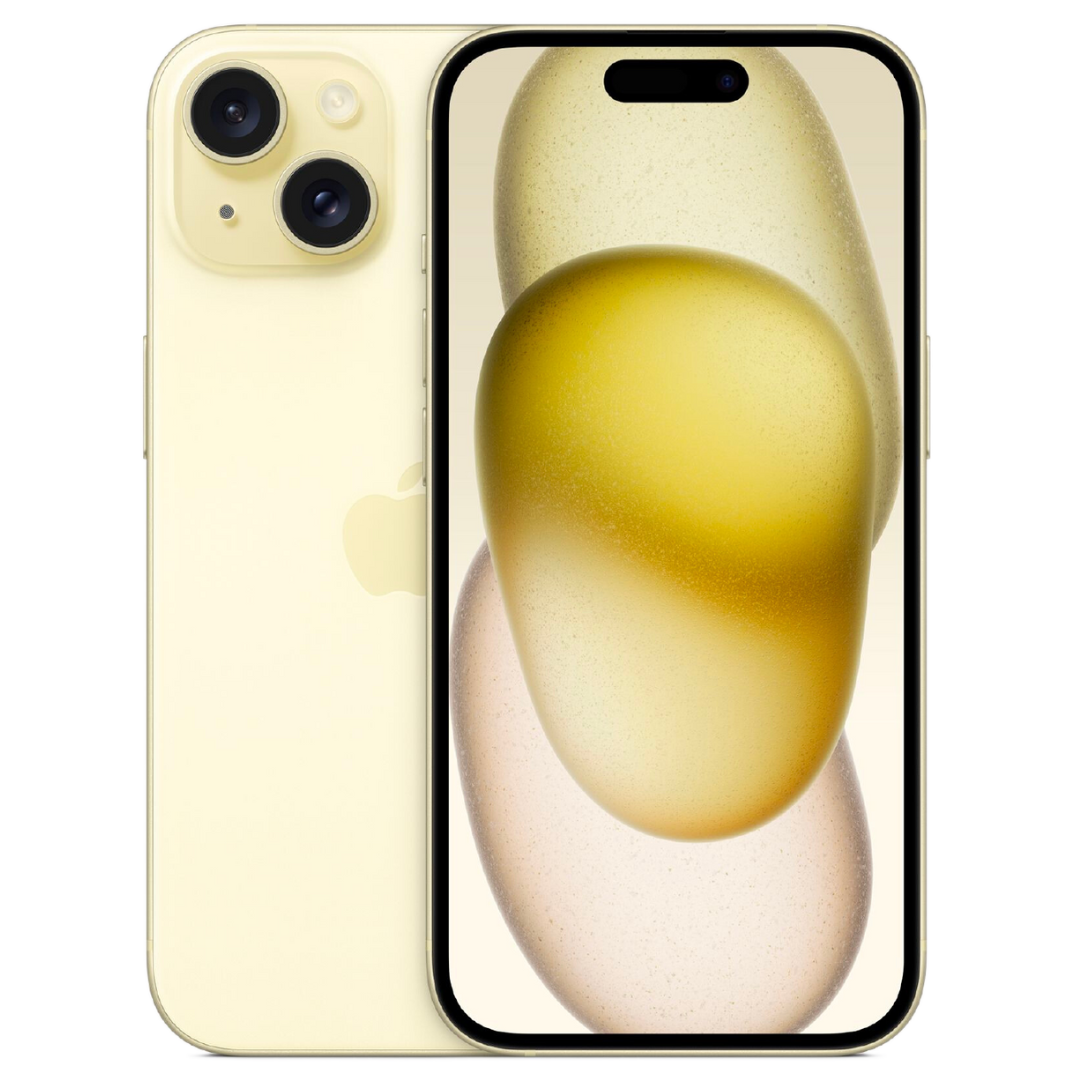
The iPhone 15 comes with a 6.1-inch OLED display with the new Dynamic Island, a dual camera setup, new colors, and a USB Type-C port. It’s powered by the Apple A16 Bionic chip, and it’s the most affordable high-end iPhone you can get your hands on today.
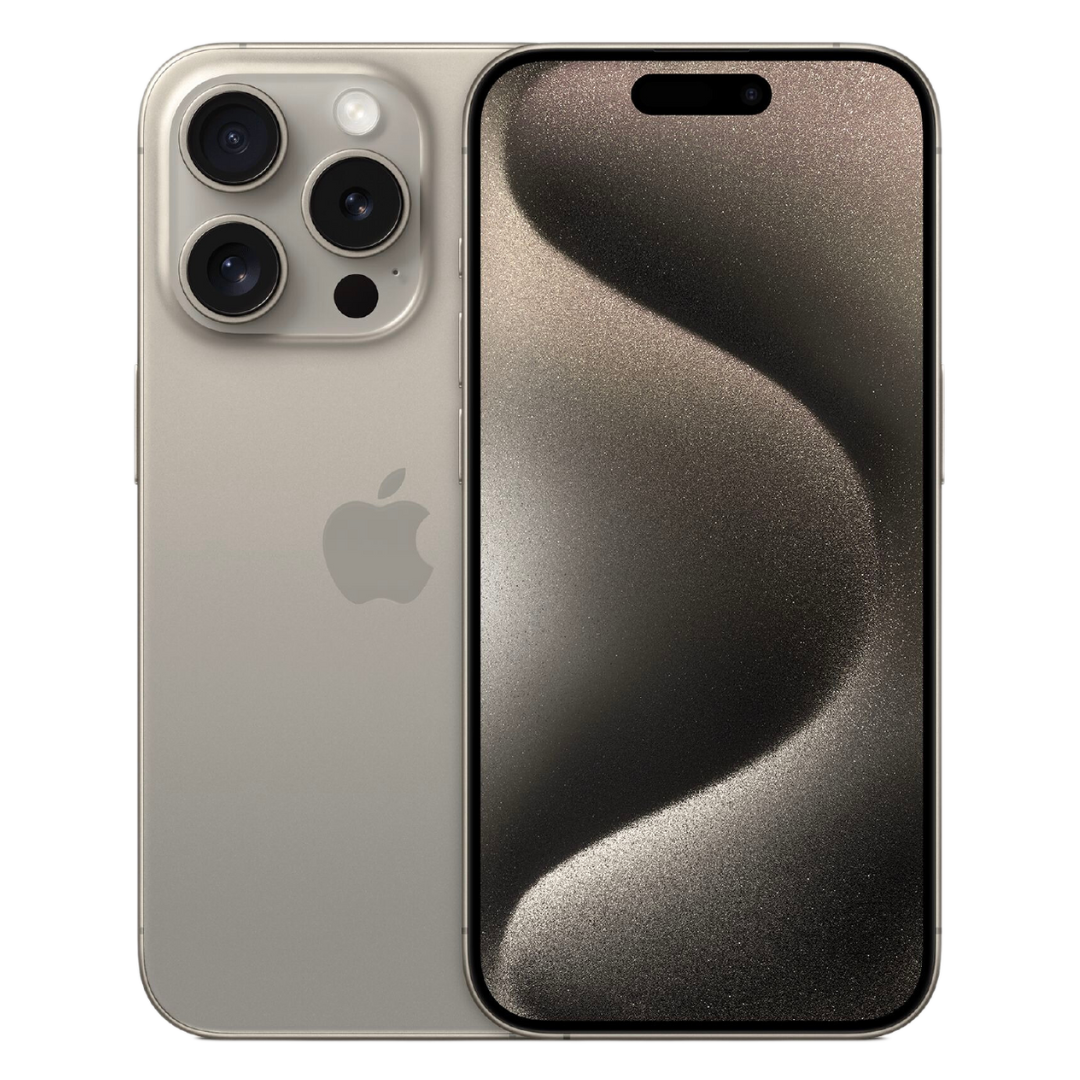
The iPhone 15 Pro is the new Pro series flagship from Apple. It’s equipped with the new Apple A17 Pro chipset and 8GB of RAM. It comes in new colors, and it has an even more powerful camera setup and a refined design.
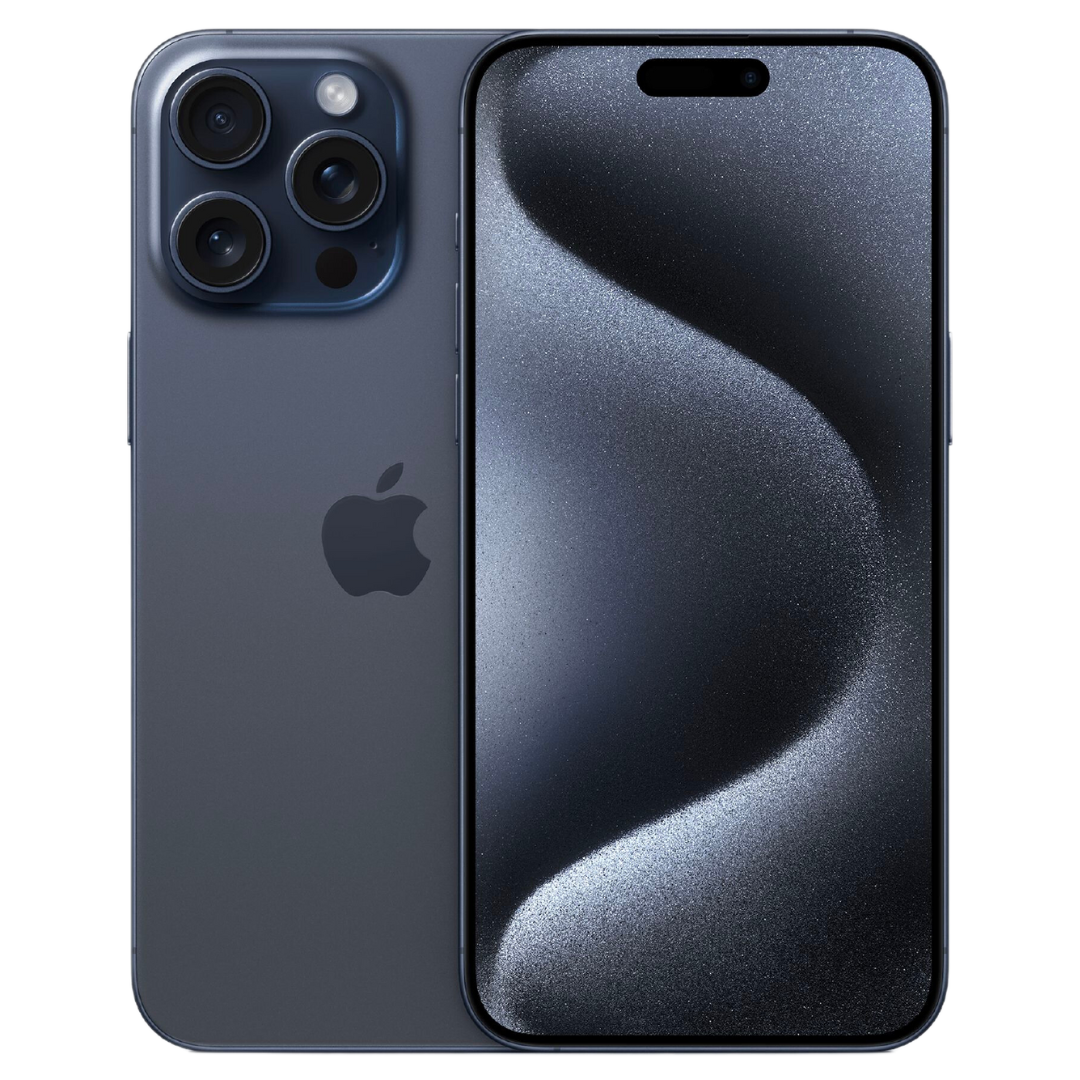
The iPhone 15 Pro Max is the latest and the greatest smartphone in Apple’s lineup. The smartphone is powered by the latest Apple A17 Pro chipset, coupled with 8GB of RAM. It has a more refined Titanium chassis that makes it lighter and more comfortable, and it features a new periscope telephoto camera.



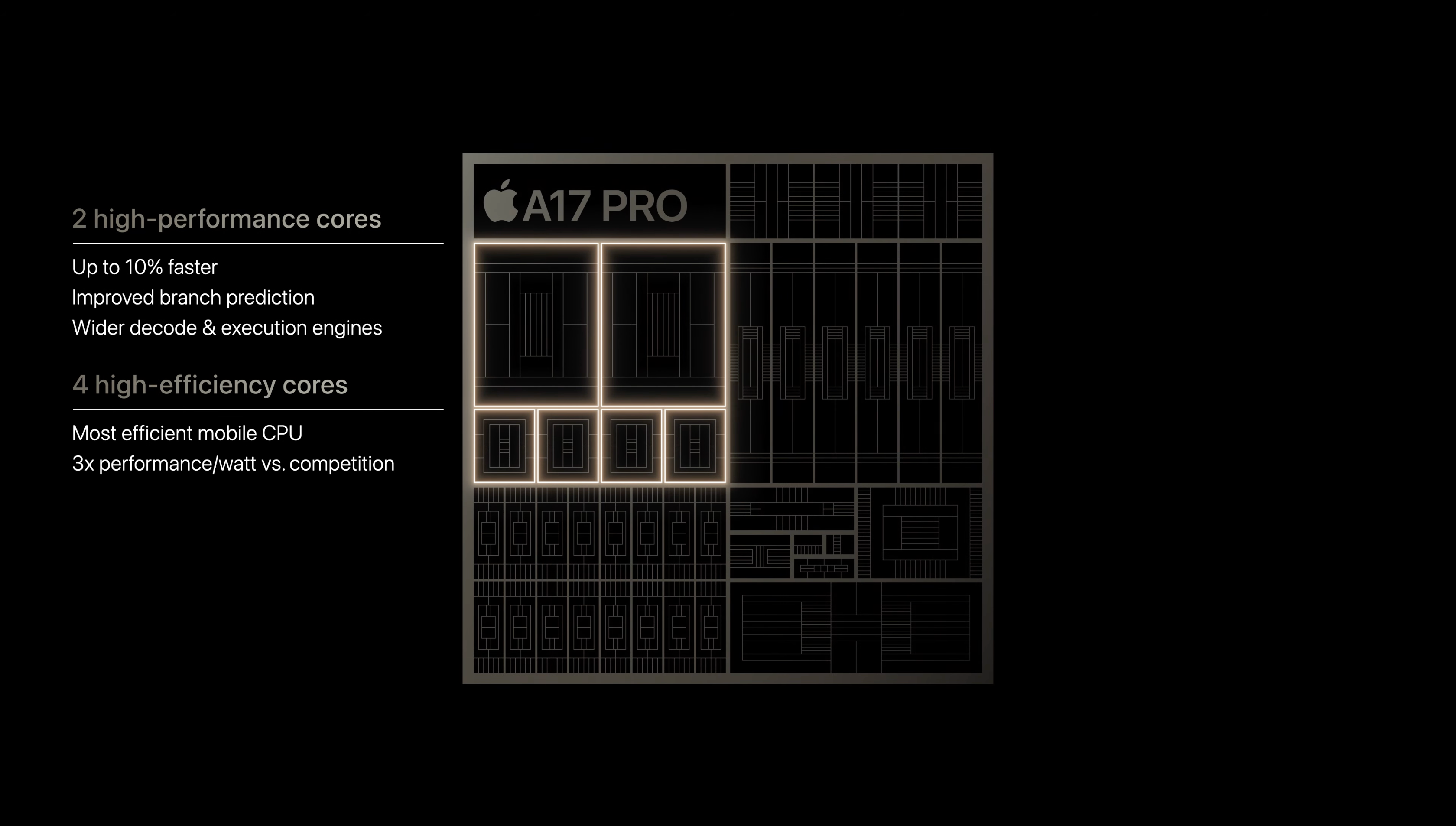
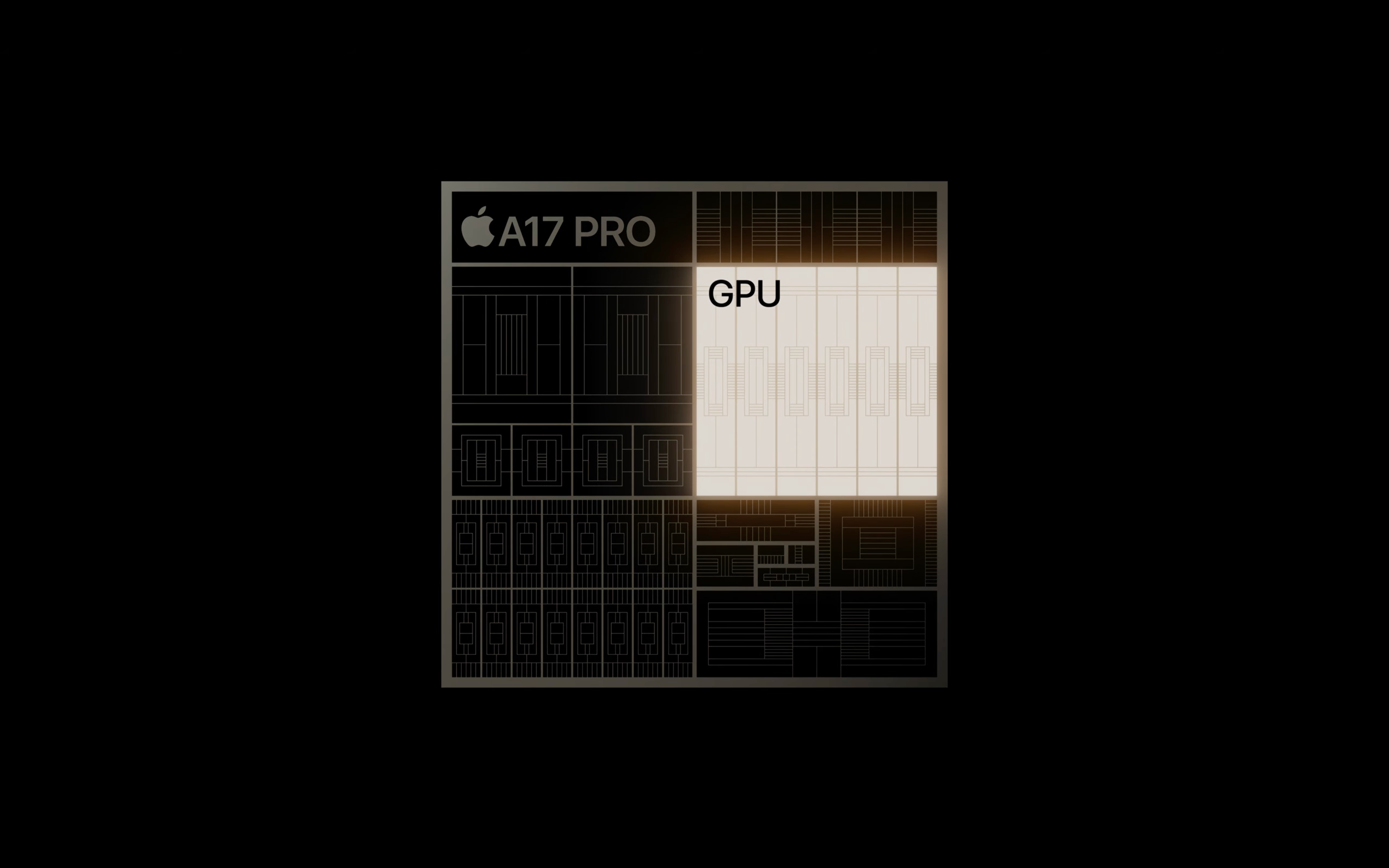

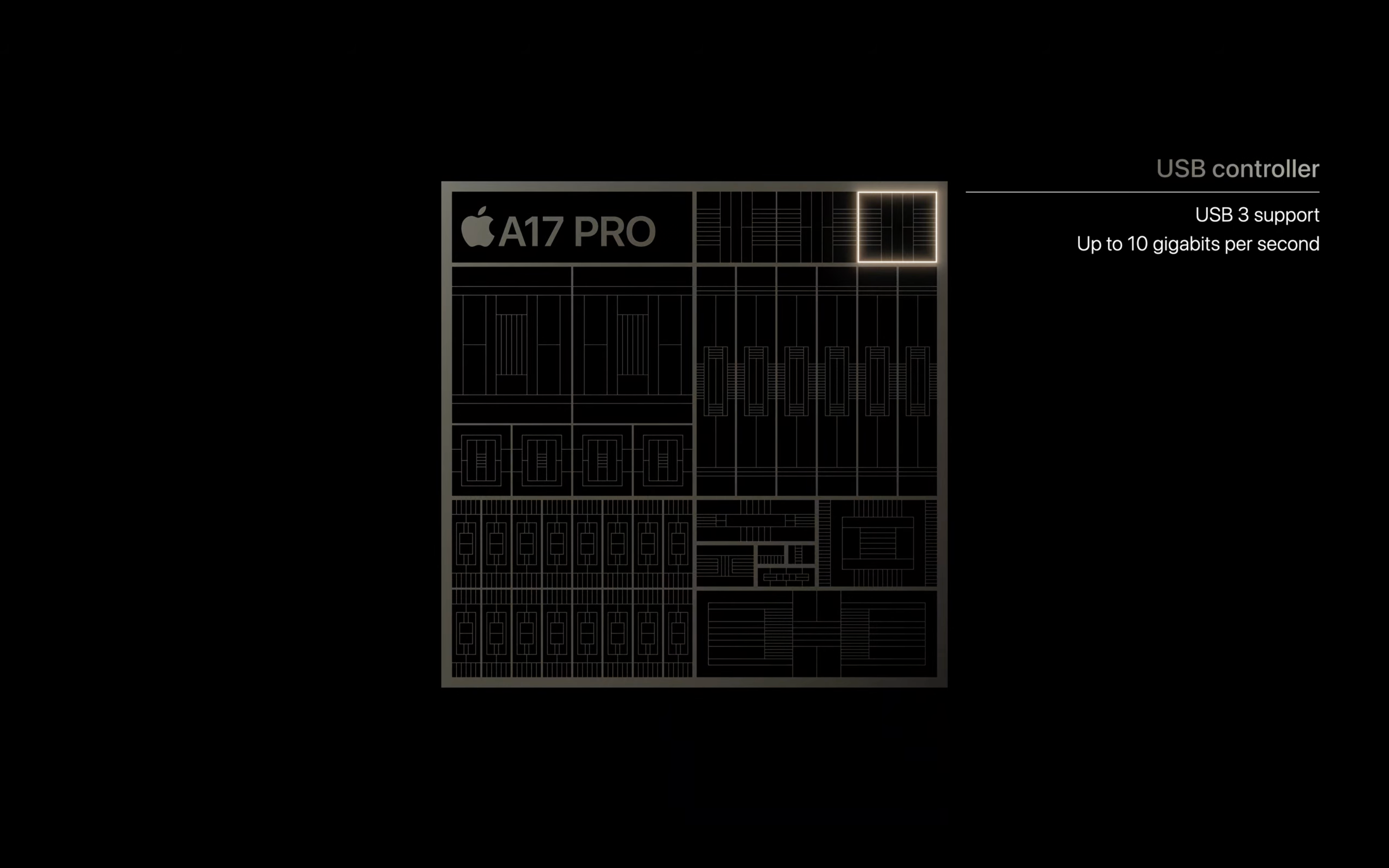
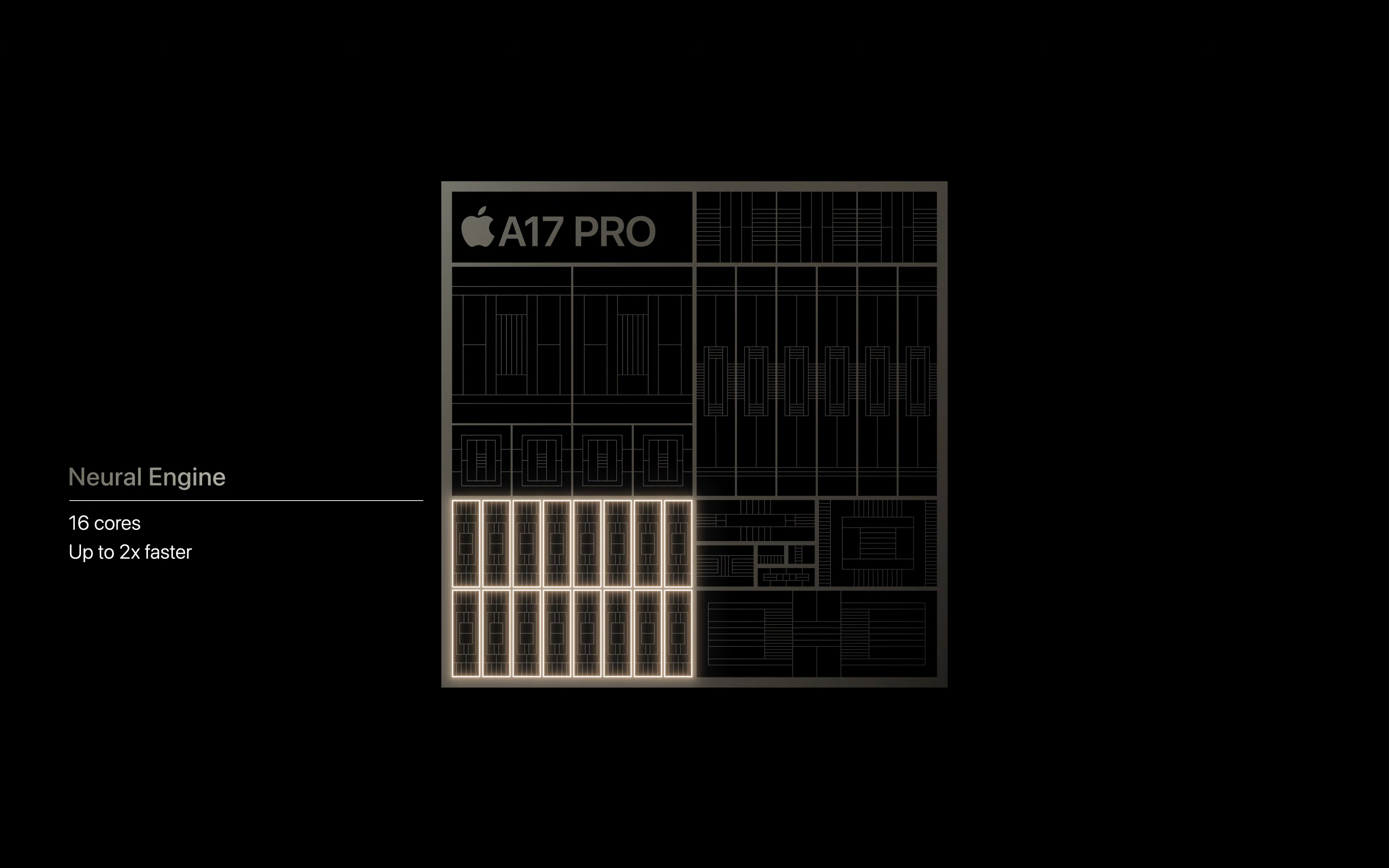



















![It was all going well until… | Squid Game 2 | Netflix [ENG SUB] It was all going well until… | Squid Game 2 | Netflix [ENG SUB]](https://thehollywoodpremiere.com/wp-content/uploads/2025/01/It-was-all-going-well-until-Squid-Game-2-120x86.jpg)







